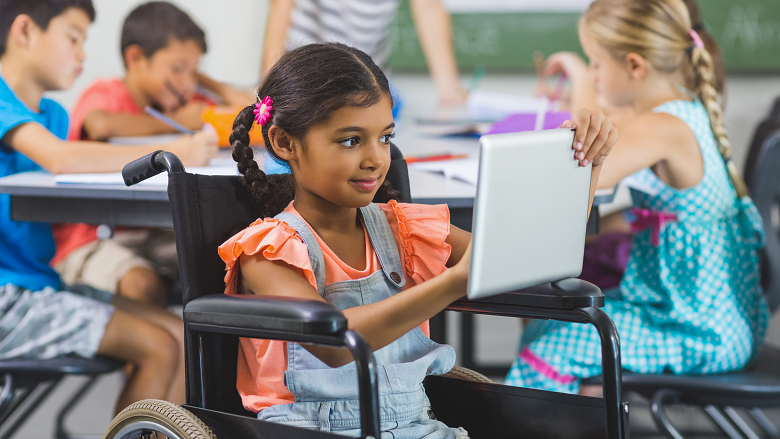Many countries are committed to Universal primary education though it lags in its national and international targets of education for all. Similarly rights of Children and children with specific needs and discourage discrimination and promote equal opportunities for all. There is a growing recognition that education for all cannot be achieved without supporting inclusive Strategies for education. The Global community including the UN Agencies National governments INGOs, NGOs, and Civil Society Organizations are promoting Universal primary education. There are many international declarations, agreements, and conventions like EFA, MDGs, United Nations convention on rights of the child (UNCRC), and United Nations convention on rights of persons with disabilities (UNCRPD). That endorse access to free and compulsory primary education as the right of every child. Many developing countries have made a commitment to the Global community, being a signatory of all these documents, to ensure that no child is out of school-based on the cast, color, family background, and disability.
Universal Declaration on Education For All, 1990
In 1993 representatives from 150 government and non-governmental organizations and delegates from 155 countries agreed at the “World Conference on Education for All” in Jomtien, Thailand to make primary education compulsory and accessible to all children. The participants also adopted a World Declaration on “Education for All” which re-endorsed the idea of education as fundamental human rights and recommended countries to take all necessary actions to meet the basic learning needs of everyone.
Salamanca Statement, 1994
In June 1994 representatives from 92 countries and 25 International organizations got together for a “World Conference on Special Education” in Salamanca, Spain the Salamanca Statement and Framework for action indicates that the
- Education for All (EFA) cannot be achieved without the inclusion of children with special needs and other marginalized children.
- The best way for their inclusion is to enroll them in neighboring regular schools instead of regular Schools.
The framework of action for that urges that pre and in-service teachers training should address the provision of inclusive education.
Millennium Development Goals, 2000
The MDGs are the outcomes of the Millennium Summit 2000 that was attended by 23 International organizations and 193 UN member states. There are eight international development goals agreed by member states to get achieved by 2015 in developing countries. The MDGs include:
Eradicate extreme poverty and hunger; achieve universal primary education; promote gender equality, and empowering women; reducing child mortality rates; improve maternal health; combating HIV/AIDS, Malaria, and other diseases; ensuring environmental sustainability; and developing a global partnership for development.
The 2nd MDG “Universal Primary Education” is further divided into three targets:
- Increase in enrollment at primary level
- Decrease the dropout of the children at the primary level.
- Provision of quality education to all children.
United Nation Convention on Rights of Child, 1989
The convention on the Rights of the Child (CRC) is based upon four main principles: Non-discrimination, the Best Interest of the child, Survival, and Development, and children’s participation. As per article 23 UNCRC, “States parties recognize and that is the mentally or physically disabled child should enjoy a full and decent life, in conditions which ensure dignity, promotes self-reliance and facilitate the child’s active participation in the community”. Article 28 states that the state parties should ensure the right of the child to education based on equal opportunity. They shall make primary education compulsory and free for all.
United nation convention on the rights of persons with disabilities, 2006
UNCRPD was introduced in 2006 and was ratified by the different governments in 2011. The right to Inclusive education is protected through different Articles of the Country. In realizing this right state parties shall ensure that:
- Persons with disabilities are not excluded from the general education system based on disability.
- A person with disabilities can access an inclusive, quality, and free primary education and secondary education on an equal basis with other and communities in which they live.
- A person with a disability is a receive the support required over than the general education system to facilitate their effective education
Conclusion
Based on the above discussion, we can sum up that different Countries have made commitments to provide free and compulsory primary education to all children without any discrimination. Department of Education is the custodian which has been given the responsibility for the provision of education at the grassroots level. It means that many Governments of the countries can fulfill their commitment only if teachers and educators ensure that no child in the catchment area of the school is out of the school due to any reason.
We also need to understand that bringing children with disabilities due to regular schools doesn’t necessarily mean that it is a burden for the teachers. This is a prime responsibility of the teachers and the basic right of a child.











